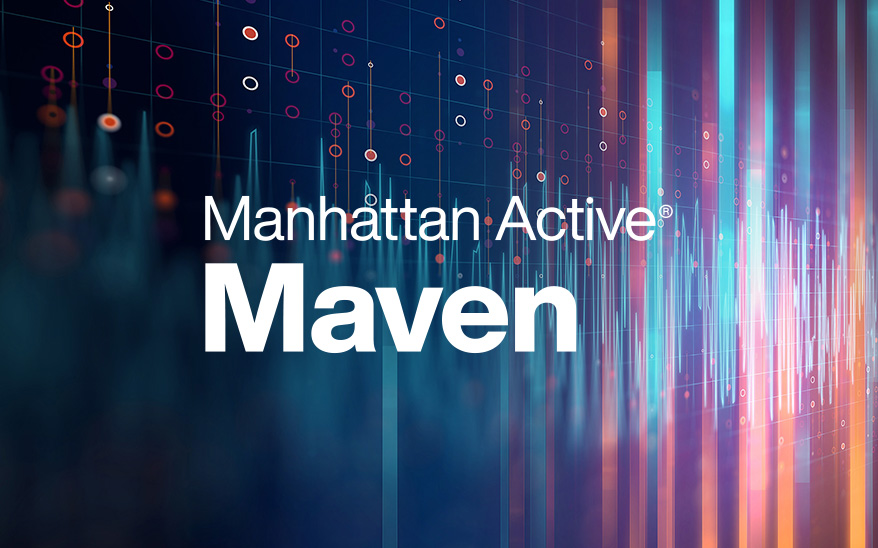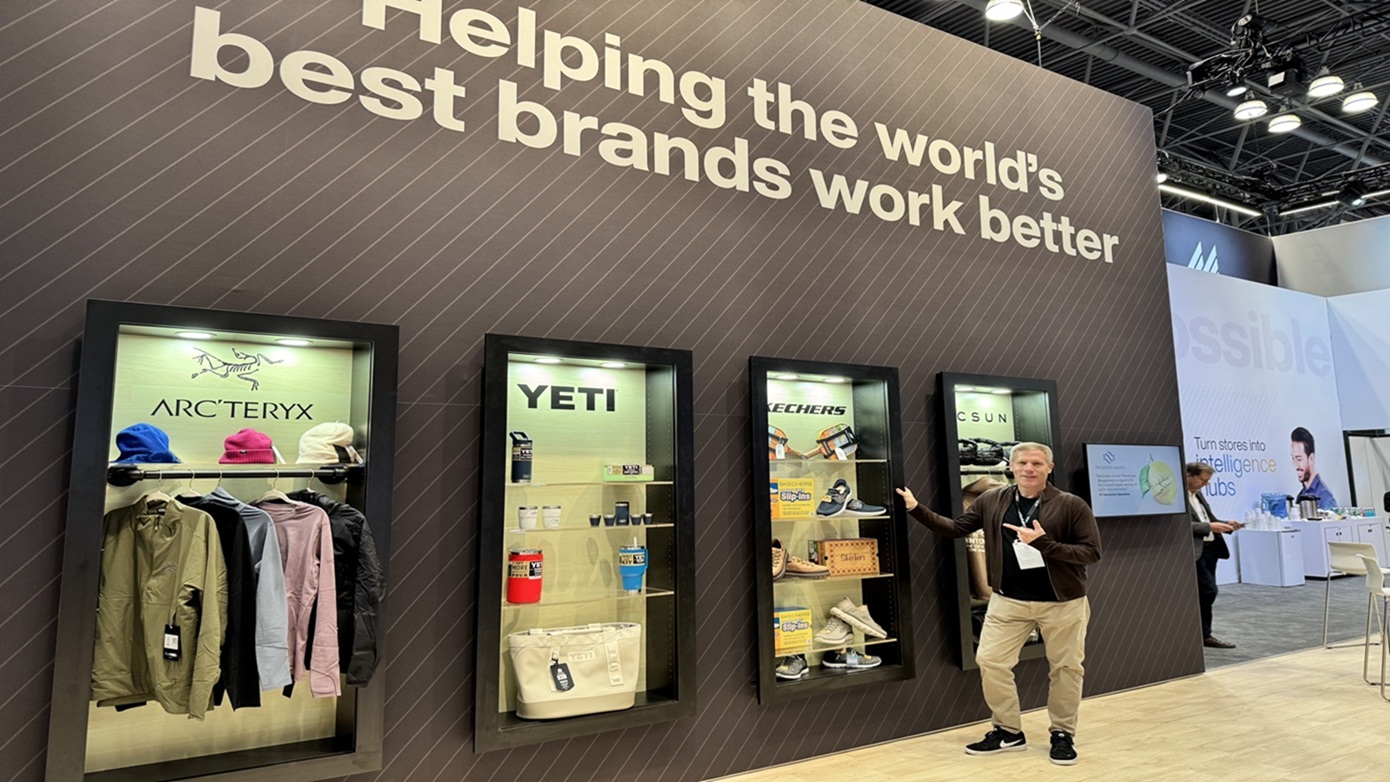Unlocking Unified Commerce: Insights from Industry Leaders at Shoptalk 2025
- April 10, 2025
- Manhattan Staff
Unified commerce is fast becoming the gold standard in retail—reshaping how brands create seamless, connected experiences from click to curb. By integrating physical and digital touchpoints into one cohesive experience, it delivers the consistent, personalized journeys today’s customers expect—no matter when, where, or how they choose to shop. At Shoptalk 2025, Manhattan hosted a dynamic panel at The Sphere, bringing together top retail leaders to explore the future of Unified Commerce. The discussion covered the must-have retail best practices and technologies reshaping the industry, key insights from the newly released 2025 Unified Commerce Benchmark (launched March 18), and strategies retailers should prioritize to stay ahead.
The session kicked off with Hitha Herzog, an industry-leading retail expert, introducing the panelists and highlighting some intriguing statistics from the Benchmark. Did you know that of the 220 retailers benchmarked in North America, only 5% achieved maturity in unified commerce, yet they have seen significant benefits. These benefits include 11% higher customer lifetime value, 14% higher average order value, and a 17% increase in orders from first-time shoppers year over year. The return rate for shoppers also grew by 59% once retailers achieved unified maturity.
Opportunities with Unified Commerce
Eduardo Frias, Field CTO at Shopify, emphasized the complexity of achieving unified commerce, noting that it goes beyond technology. He discussed the importance of creating a seamless and personalized experience across various channels, whether online, offline, or on mobile devices. In my opinion, the line between physical and online stores is increasingly blurred, with customers demanding precision in inventory and fulfillment. Consumers don't see channels, they see relationships. They expect every interaction to build seamlessly on the last, without repeating themselves and demand the same experience wherever they shop. We also cannot underestimate the importance of real-time inventory visibility in helping retailers maximize sales and giving customers the ability to modify their orders post-purchase to minimize returns. Afterall shopping isn’t just a transaction anymore – it is an opportunity for retailers to build long lasting relationships with the customers - pre-purchase, at checkout and post-purchase.
The Role of AI in Unified Commerce
Kapil Dabi, Americas Retail Leader at Google Cloud, discussed the transformative role of AI in unified commerce during the discussion. He explained that Generative and Agentic AI are enabling retailers to deliver hyper-personalized recommendations and elevate customer experiences across the enterprise. Retailers leveraging AI have seen impressive results—including a 40% increase in average order value and an 11% boost in customer lifetime value. AI is also streamlining service operations by reducing call volumes and customer churn.
To help accelerate these gains, last year Manhattan and Google partnered to launch Manhattan Active® Maven—a powerful Agentic AI assistant built on rich retail commerce functionality and order data from Manhattan Active® Omni. It empowers consumers to self-service with speed and ease across a wide range of interactions—from product availability to shipping questions to order modification, returns, and more. Still, there’s significant room for growth: while 77% of retailers offer chatbot self-service, only 5% are currently tapping into the full potential of AI to transform that experience, according to the Benchmark.
Looking Ahead to 2025
As the session drew to a close, the panelists shared their excitement about future investments. While Kapil Dabi highlighted Agentic AI as a key focus for Google Cloud, emphasizing its ability to learn and take actions on behalf of customers, Eduardo Frias expressed his enthusiasm for integrating AI into tools for merchants, making technology transparent and ubiquitous.
To conclude, the panel discussion underscored the importance of unified commerce in the retail industry. By leveraging AI and focusing on seamless integration, retailers can enhance customer experiences and drive growth. As we look ahead to 2025, I expect the Unified Commerce Benchmark to provide a prescriptive roadmap for improving shopping, checkout, fulfillment, and service experiences, giving them an easy opportunity to learn from the Leaders. And the insights shared by these industry leaders provide a valuable roadmap for achieving unified commerce maturity. Afterall, there is a need to continuously evolve given that from 2023 to 2025, the bar for unified commerce leadership has risen dramatically. 33% of capabilities that differentiated Leaders in 2023 are now considered table stakes, while an entirely new set of unique capabilities has emerged. Advancing from Basic to Advanced status unlocks a $42M revenue opportunity for every $1B in sales—clear proof that even small steps forward can drive significant financial impact!








